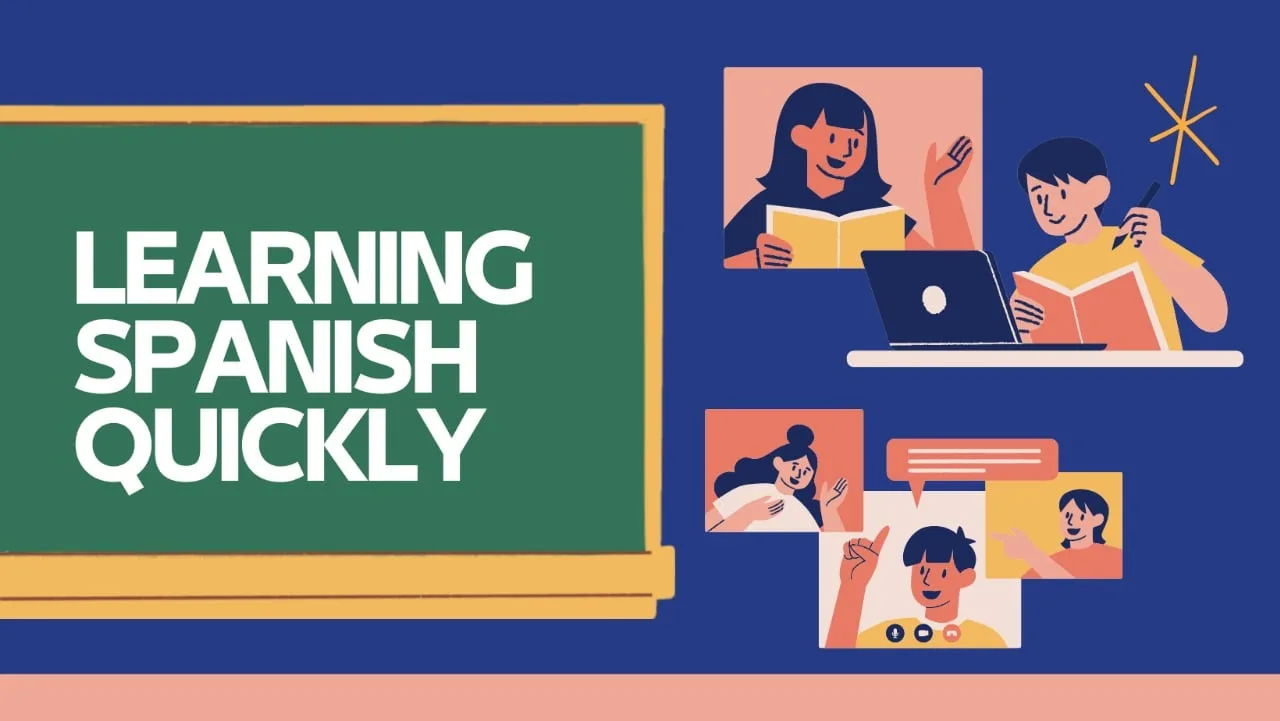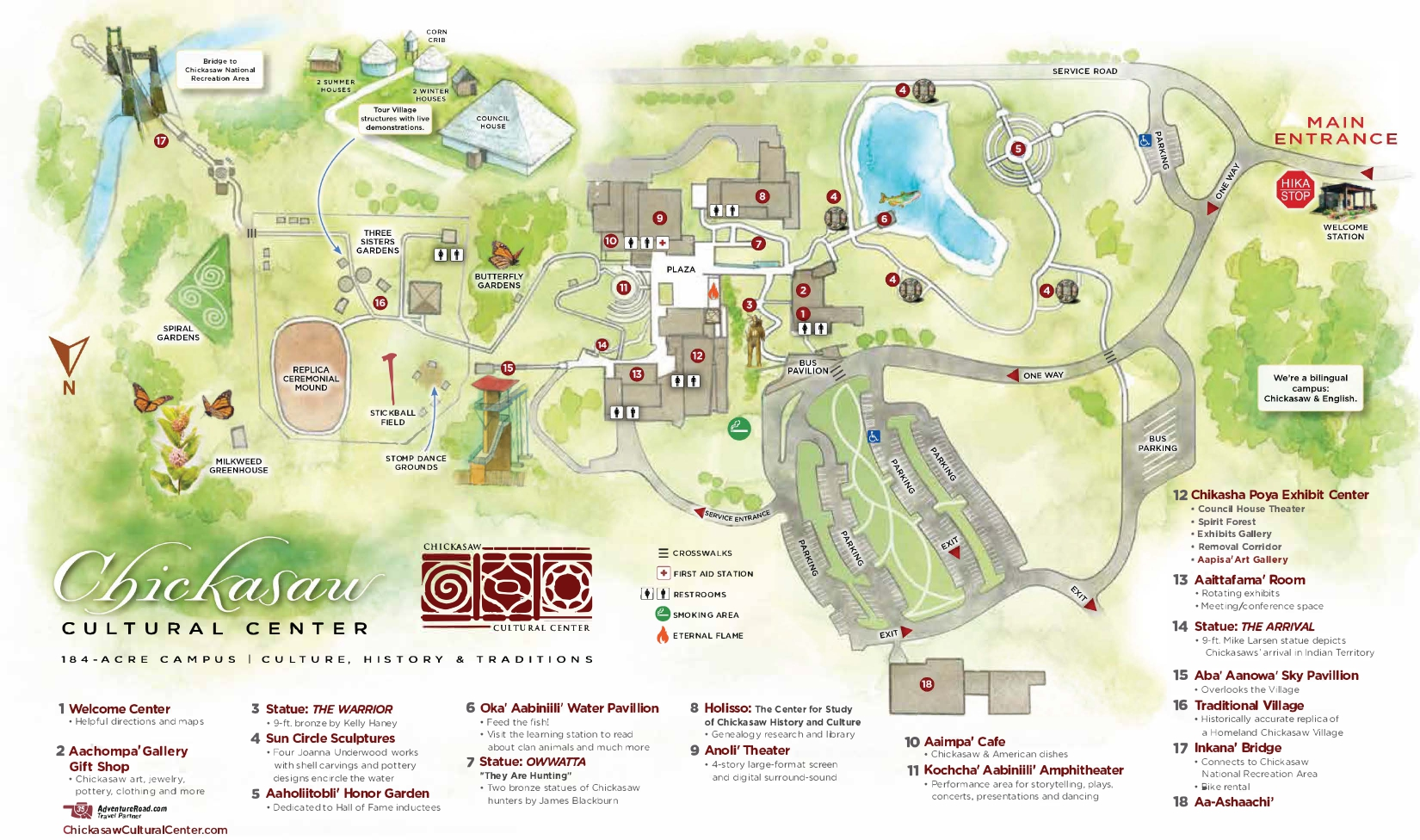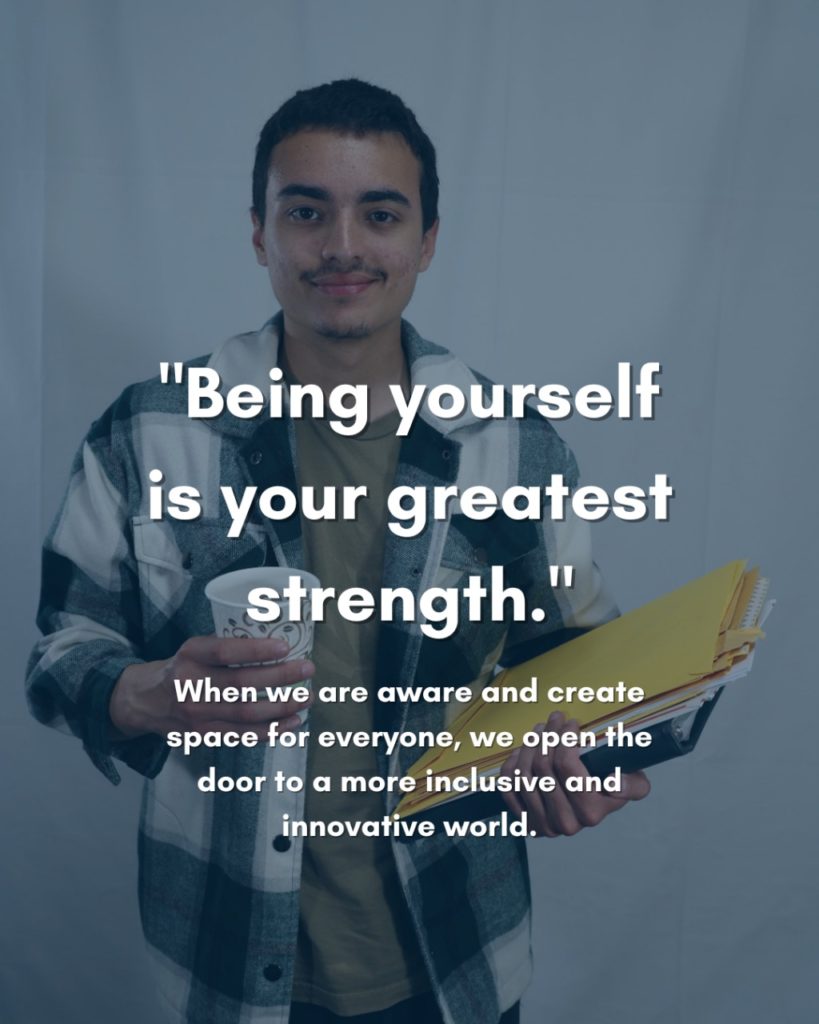Lost in Translation? Let’s Talk Love Languages!
Posted on:
At The Translation Company, we live and breathe communication, not just the kind that involves converting English into Spanish, Chinese, or Portuguese. Today, we’re diving into a universal language we all speak in different ways: Love.
You’ve probably heard of the Five Love Languages, coined by Dr. Gary Chapman. They describe the different ways people express and receive love:
But here’s the fun twist: Love languages aren’t just for romantic relationships, they also apply to friendships, families and yes… even professional relationships (just,you know, maybe skip the physical touch at the office).
So how does all this connect to translation?
Glad you asked. Let’s decode each love language like a pro translator. Because love, like any language, comes with its own idioms, and risks of misunderstanding, Our job is to make sure those messages of the heart are understood loud and clear – no dictionary required.
1. Words of Affirmation
This one’s close to our heart. It’s all about saying how much someone means to you – with kind words, compliments, or encouragement.
In our world, it’s the perfectly phrased love letter, the translated customer review that actually sounds like it was written in the original language, or the international marketing campaign that gives people goosebumps in every country.
2. Acts of Service
What’s more romantic than doing something for someone? In translation, this looks like anticipating what our clients need – delivering ahead of deadlines, formatting documents flawlessly, or ensuring every word lands with the intended meaning.
3. Receiving Gifts
In love, a meaningful gift shows you’re thinking of someone. In business, it might be a localized product launch, a holiday message in your client’s native language, or a multilingual user manual that makes someone’s life easier.
Translation is a gift of understanding – no wrapping paper needed.
4. Quality Time
Want to show you care? Put your phone down and listen. In our case, it’s taking time to understand a client’s voice, tone, and goals. We don’t just translate – we collaborate.
5. Physical Touch
This one’s a bit tricky in the professional world – we’re not suggesting surprise hugs during client calls. But think of “physical touch” in a broader, more metaphorical sense. It’s about tangible connection. In translation, that could be a beautifully printed report, design or packaging that speaks directly to the customer in their mother tongue. It’s love you can literally hold.
When you think about it, translation is a love language all on its own – it bridges gaps, nurtures relationships, and makes people feel seen and understood. Whether it’s affirming someone’s voice through precise wording, serving them with extra-mile dedication, gifting understanding through content, spending time to truly connect, or creating something they can touch and keep– we’re speaking love fluently every day.
And just like any relationship, the magic happens when we tailor our approach to the other person’s needs. Because when meaning doesn’t get lost in translation, it’s not just language that’s understood – it’s the people behind it.












